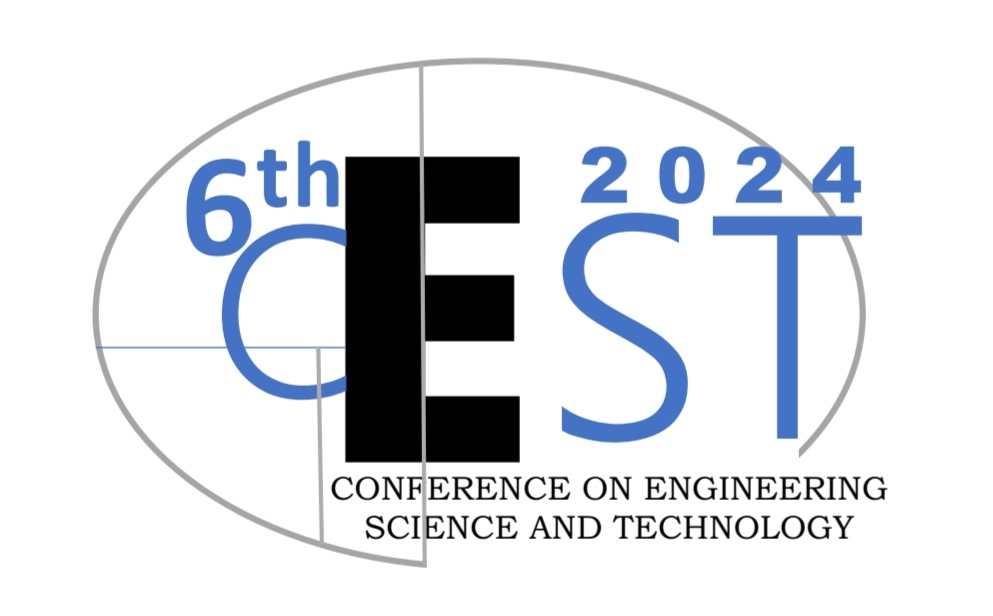Abstract
The city of Tarhuna is one of the main urban centers in Libya, characterized by its rich history and notable urban development. This research aims to analyze the spatial features of Tarhuna using the "space syntax" theory. The analysis focuses on the study of spatial arrangement and connectivity within the city, with the goal of achieving a better understanding of spatial organization and its impacts on the lives of residents and visitors. Since the introduction of the "space syntax" spatial analysis method in a 1976 paper, this theory has aimed to describe the fundamental elements of urban spaces and their structural compositions. The theory posits that the primary challenge lies in describing existing structures rather than creating new ones. It addresses the relationship between space and society, exploring how spatial configurations influence social life and vice versa. The methodology has been developed to identify the nature of urban spaces and understand how areas and neighborhoods function within cities. Given that the way spaces are organized affects user behavior, the theory provides valuable insights for urban planning and design.

This work is licensed under a Creative Commons Attribution-NonCommercial-ShareAlike 4.0 International License.
Copyright (c) 2024 Sebha University Conference Proceedings
